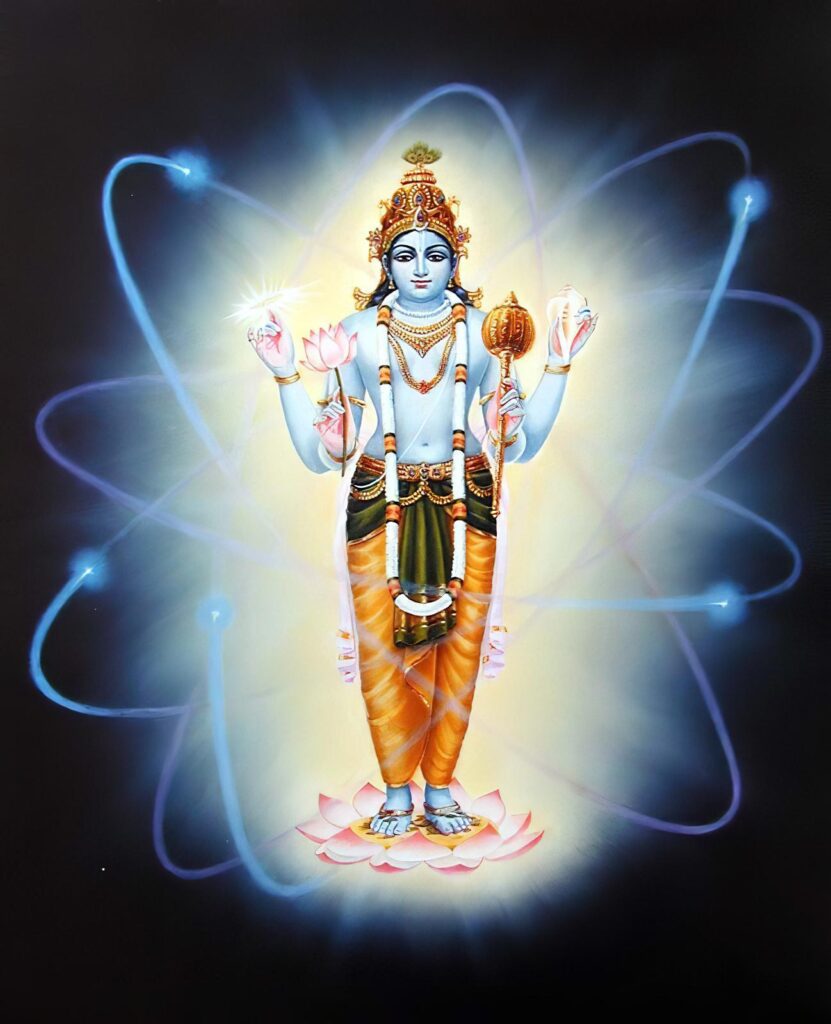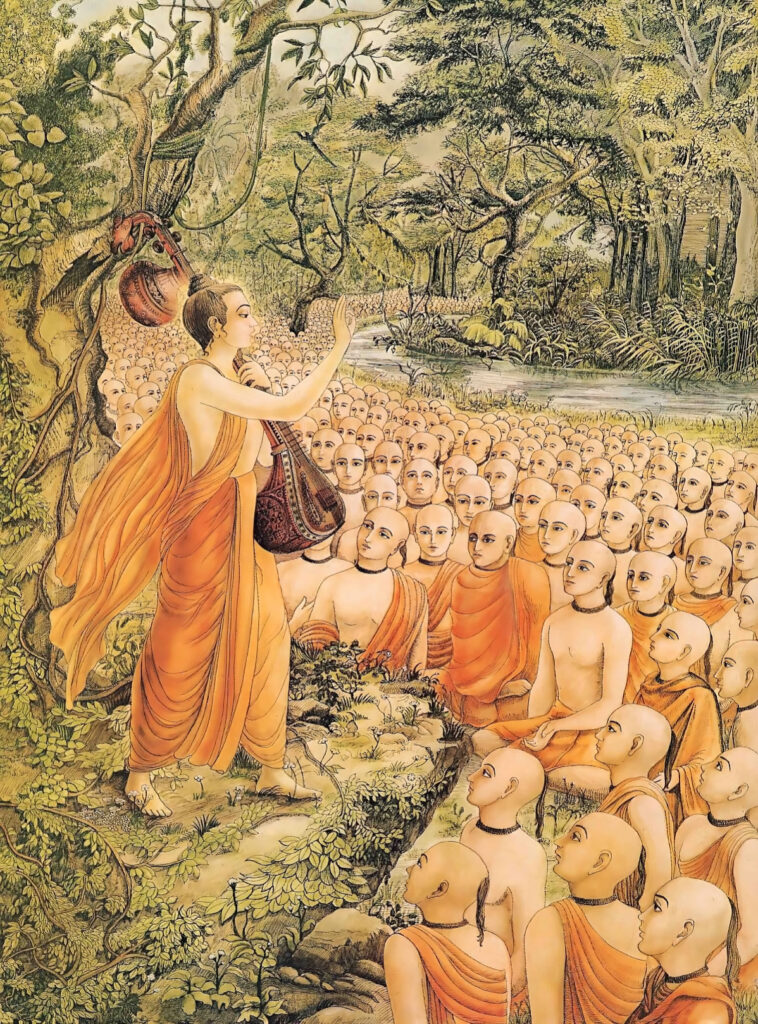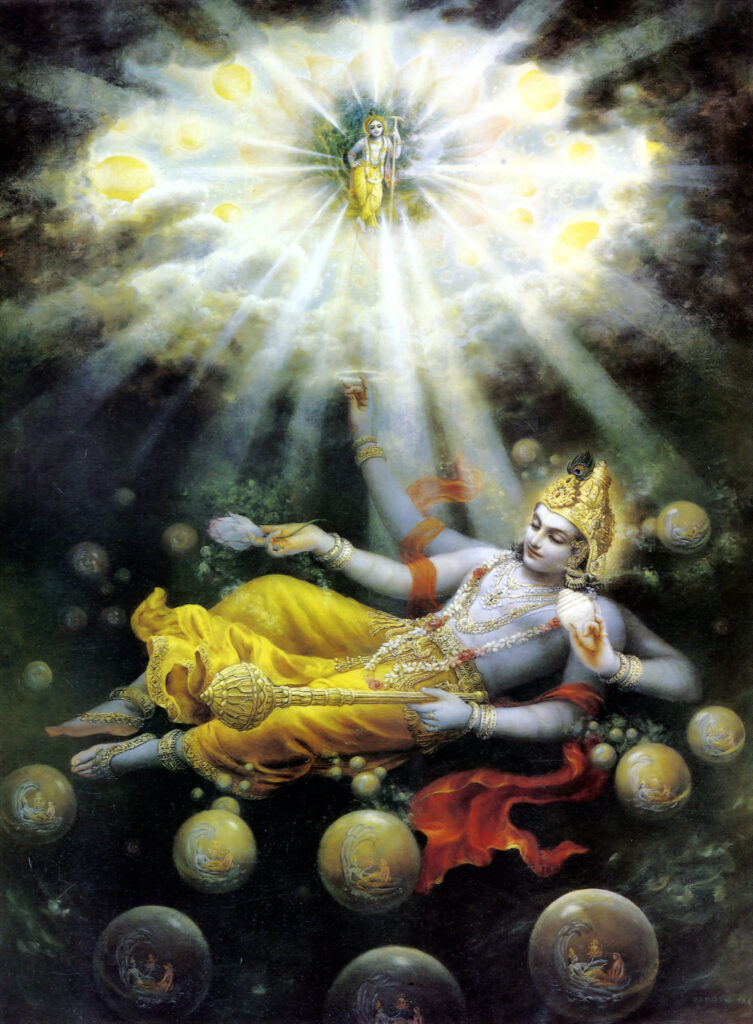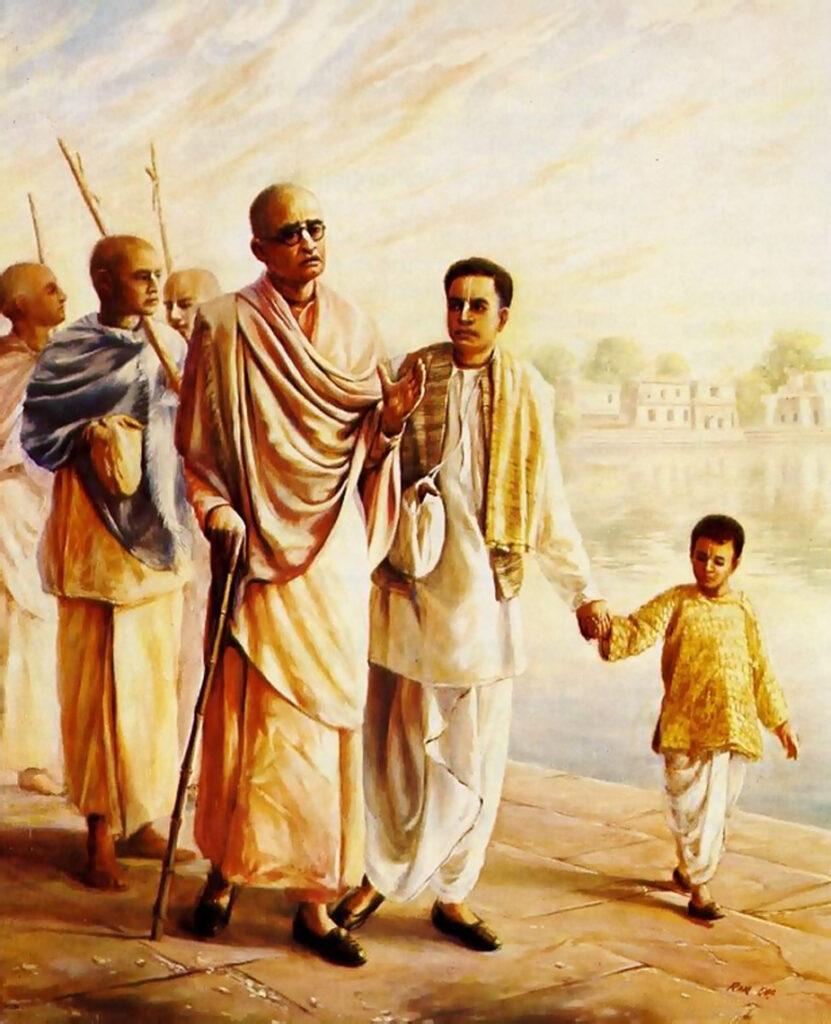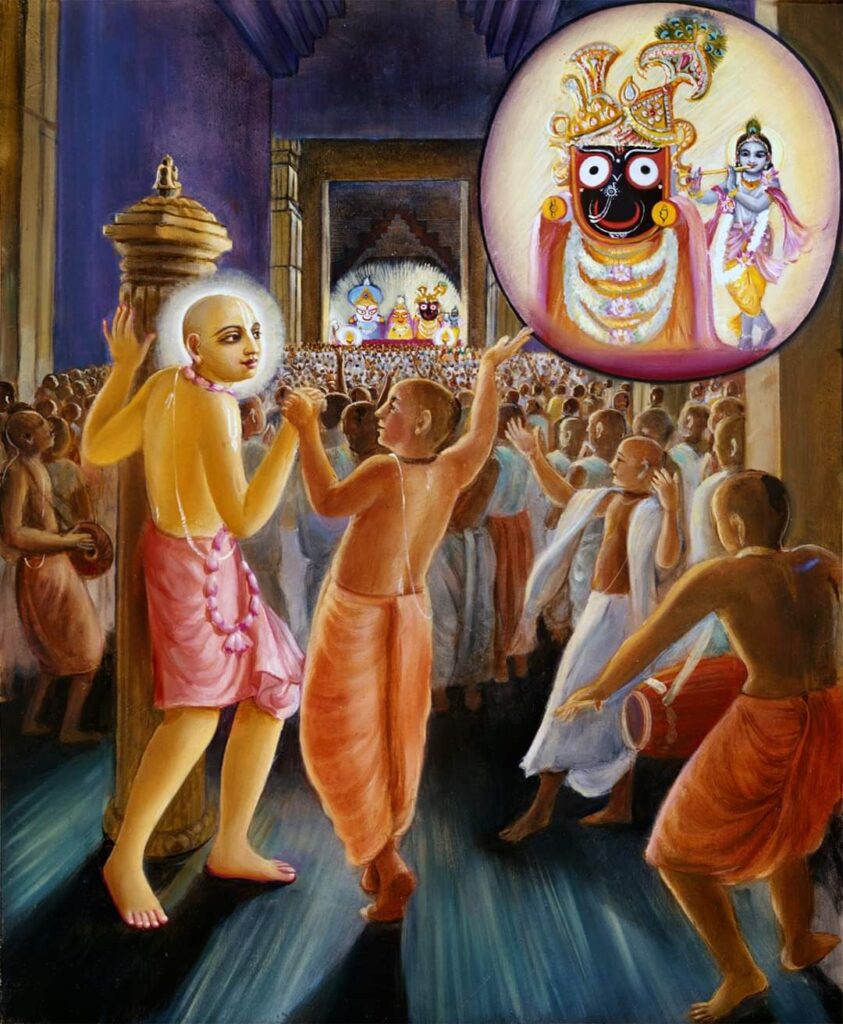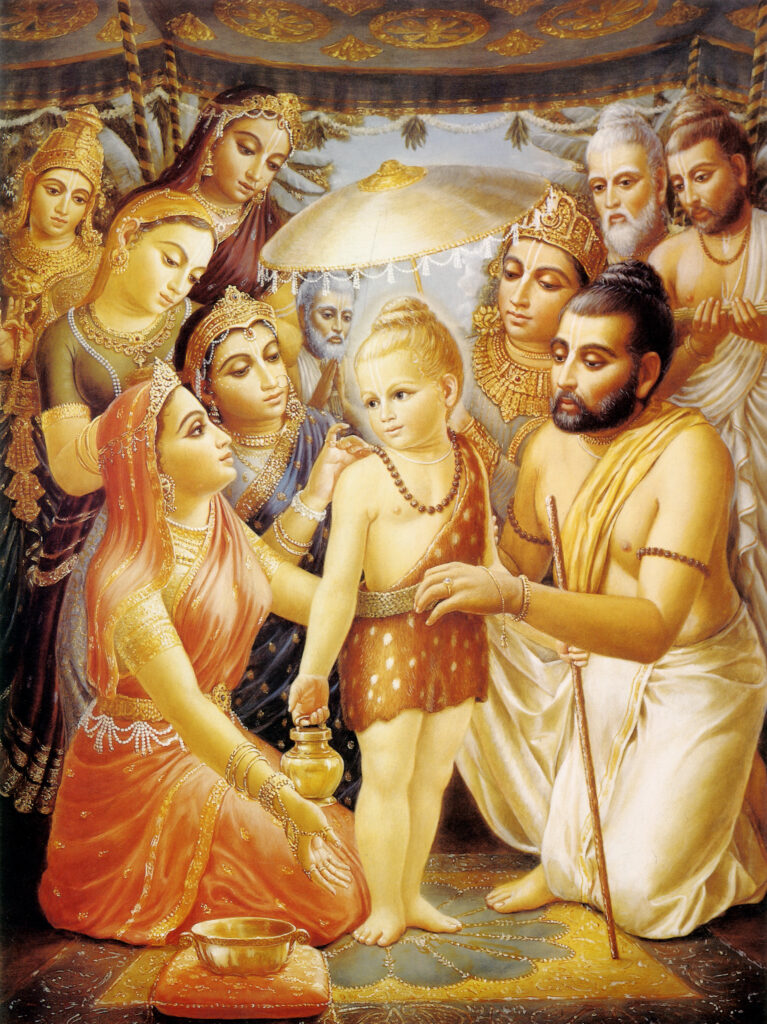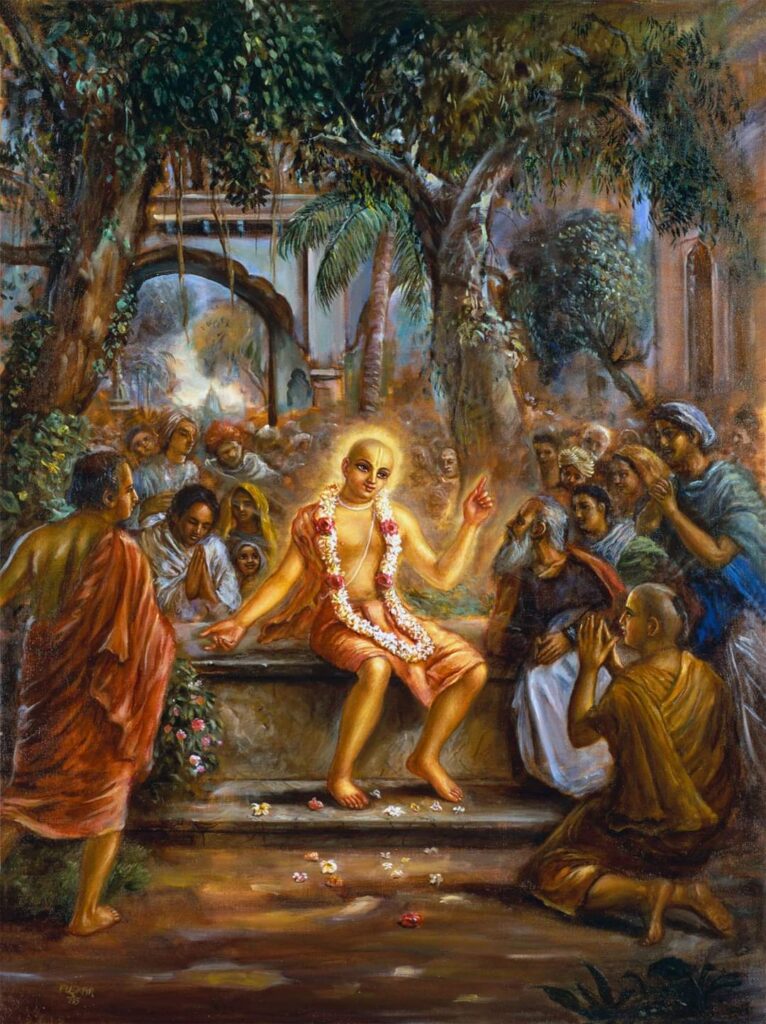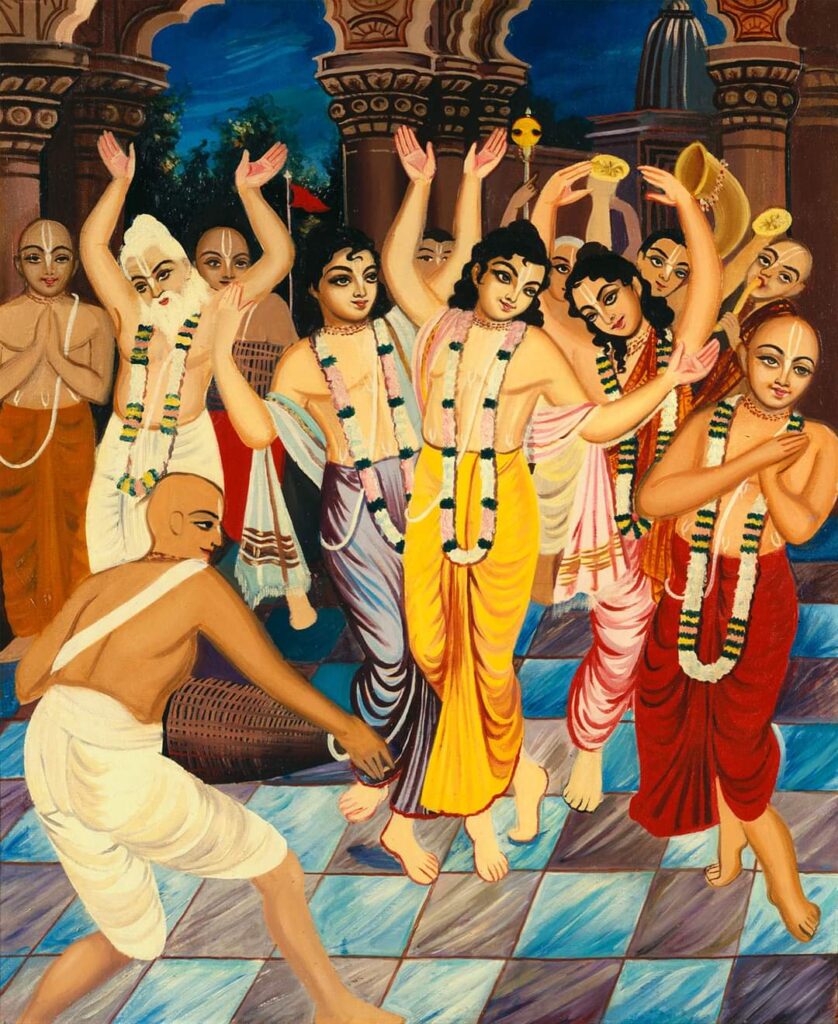Often devotees ask me about how to better maintain their health. Actually, I became quite sick a few years ago when I was doing traveling sankirtana. Just like many, I had pains, weakness, brain fog, and other symptoms that would come and go without a definitive solution for an extended period of time. In my case, I was like that for years.
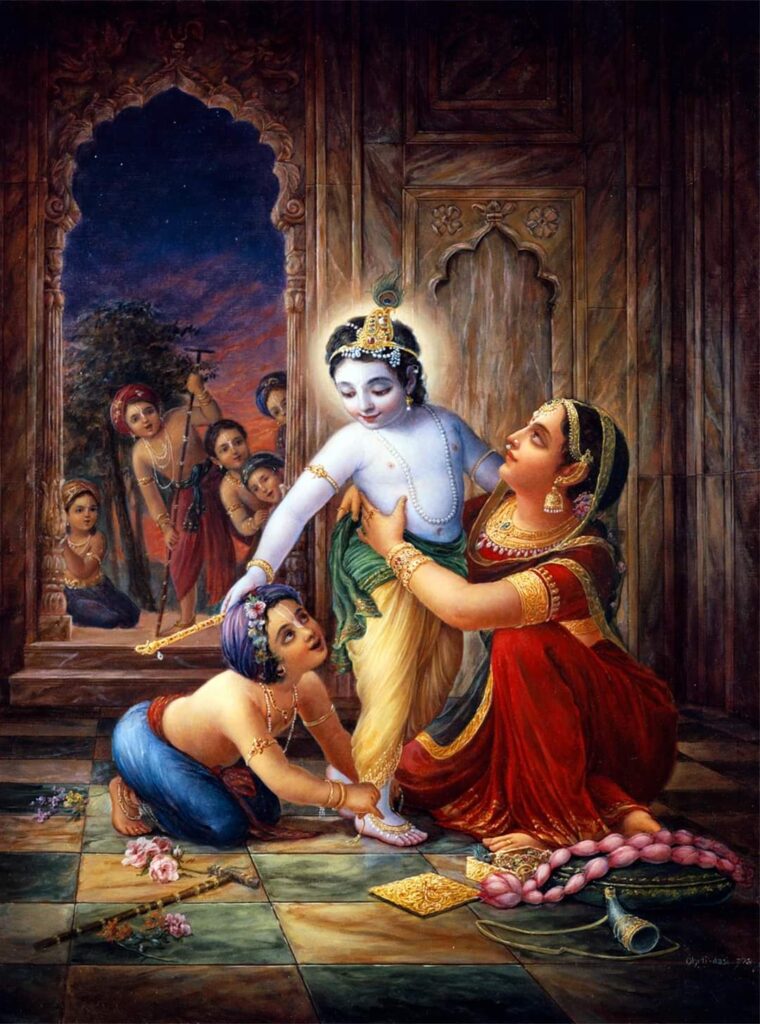
At that time I came to understand the shortcomings of Ayurveda, homeopathy, and other natural forms of medicine. I’m sure that many will disagree, and they are free to do that. I’m not a doctor, so here I’m just sharing what I discovered along the way, everyone is free to agree or disagree, make their choices, and reap the fruits.
So, going to the polemic part, my conviction after years of attempts is that both Ayurveda and homeopathy don’t really work most of the time. Homeopathy is more or less like a placebo, based on giving very diluted forms of active principles that don’t have much therapeutic use. It’s hard to just sit and tolerate when we have some health problem, therefore homeopathy can help by giving some mental relief with the idea that one is getting some kind of treatment. As many studies show, a placebo can indeed help, often patients who receive a placebo indeed become healthy much faster (the mind is a powerful thing), but one should not expect that it will solve any serious health issue. People can believe in what they want to believe, but over time I came to understand that often it’s not just about faith.
Continue reading
